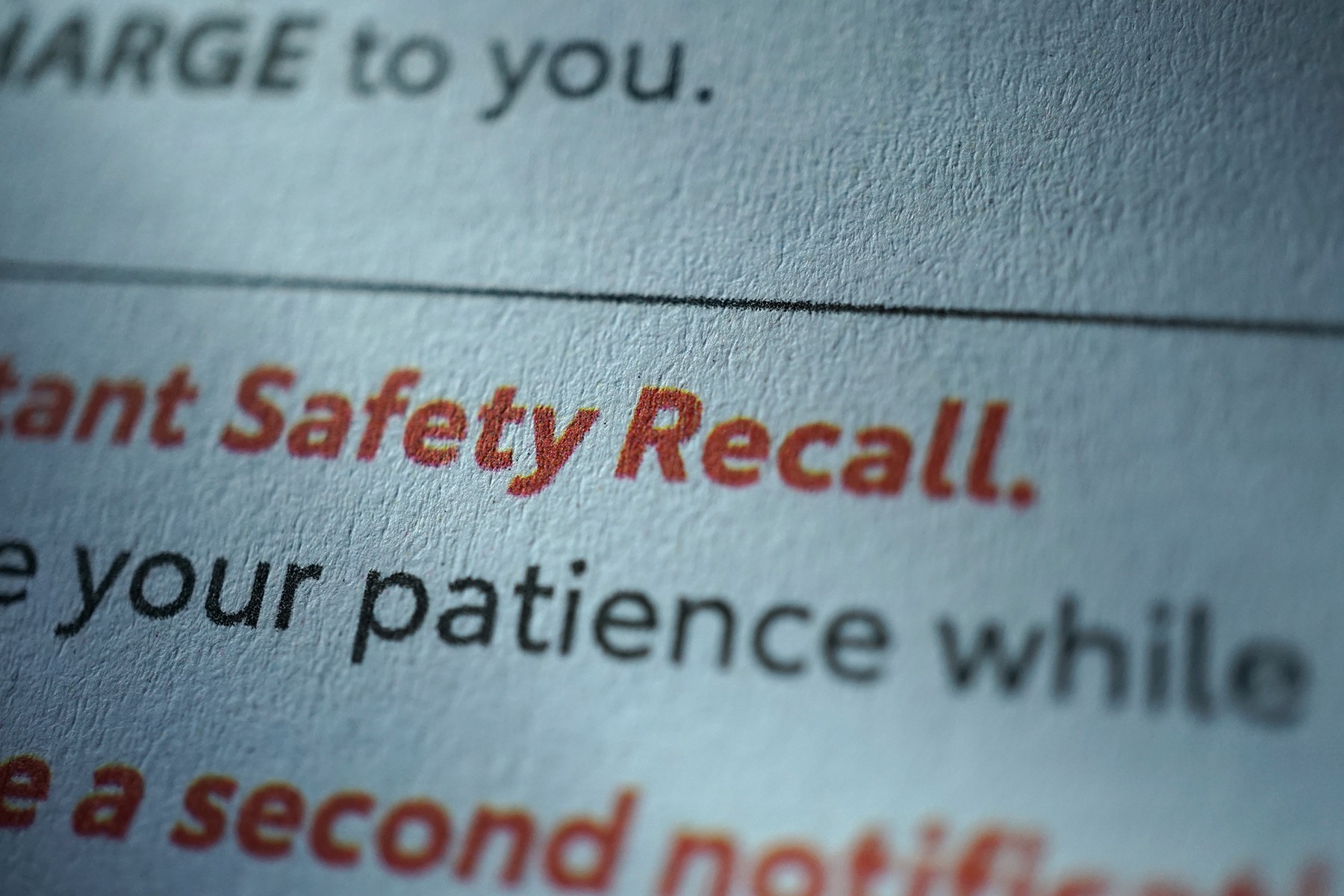Building a tightly integrated supply chain is a strategic imperative for many pharmaceutical and medical device manufacturers today. In some cases, the supply chain itself provides a competitive advantage, especially for market leaders who use hundreds of suppliers to produce 30% or more of their products.
Of course, managing that many suppliers is anything but simple, and getting it right calls for tight supply chain integration and robust Supplier Management programs. Without these elements in place, there’s increased risk for problems like recalls, regulatory fines and penalties, declining brand value and stock losses.
With this in mind, here’s a look at 5 key strategies for creating a more tightly integrated supply chain.
1. Start The Process with Conducting Due Diligence
Choosing the right suppliers is half the battle. Careful upfront evaluation lets you identify who will integrate best with your processes and culture while helping avoid problems down the road.
Things to consider when evaluating suppliers or contract manufacturers include:
- Responsiveness. Does it take them weeks to return emails and phone calls, or can you count on a fast turnaround?
- Specialization. Does the supplier manufacture a wide variety of products, or are they highly specialized? Depending on your needs, one or the other may be more desirable.
- Compliance history. You’ll want to take a close look at the supplier’s track record when it comes to compliance. Have they had any major recalls? What about warning letters? Ask them to share inspection reports, and you can also learn a lot by performing your own supplier audit.
2. Keep the Lines of Communication Open
Open communication is crucial to supplier integration relationships, especially when it comes to setting clear expectations, solving problems and maintaining production schedules.
Beyond just emails (which we all know can be easily buried and forgotten), many companies use Supplier Management tools within the Quality Management System (QMS) to foster better communication with suppliers. This increases visibility on both sides and helps you track items that need to be addressed.
Using your QMS in this way can help improve responsiveness of suppliers, while also streamlining collaboration at every phase of the process.
3. Integrate Suppliers into Your Compliance System
Extending limited access to the compliance system for suppliers can foster tighter supply chain integration. This lets suppliers track assigned corrective actions, see where they need to improve and even perform inspections before shipping products to you.
One important concern here is the security of your system. Look for QMS features that allow you to set limited permissions and administrative capabilities according to what makes sense for your company.
4. Resolve Incidents Quickly
Supplier problems that go unnoticed or unresolved can easily become major issues in the future. That’s why it’s so important to leverage the Corrective Action tools available within the QMS to stay on top of high-risk issues. As we talked about in our post on loving your suppliers, it’s easier to solve a problem than it is to get rid of a supplier and start from square one with someone new.
It’s important that Corrective Action tools be integrated with Supplier Management capabilities, because this allows for better two-way visibility into problems and leads to faster event resolution.
Functions that help you solve supplier problems more efficiently include:
- Automated corrective action routing to keep requests moving forward through review, root cause analysis, corrective action execution and verification.
- Risk-based filtering to help you prioritize open corrective actions, so you know you’re handling the most pressing issues first.
- Verification checks that calculate residual risk to determine if further action is needed.
5. Track Supplier Compliance
One of the most important things you can do to better integrate your suppliers is to track supplier compliance within the QMS. This allows you to benchmark your suppliers, see who’s performing well (and who needs to improve), and raise the overall level of supplier visibility.
A couple key tools can help you do this more efficiently:
- Receiving and Inspection modules let you automatically upload shipment data into the eQMS and calculate key metrics like per mil and on-time delivery.
- Supplier Ratings let you see at a glance how an individual supplier is performing, which can ultimately help you increase the efficiency of negotiations with suppliers.
For many companies, better supplier integration can mean the difference between mediocre performance and increasing market share. With a robust QMS, you have tools that help you stay on top of all the moving parts involved, increasing productivity, reducing waste and driving overall improvements to your company’s bottom line.



